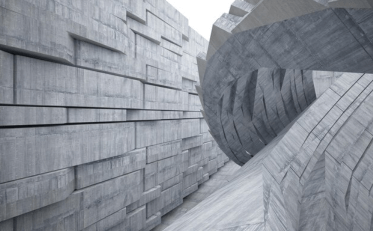Question
Extra-terrestrial radiation in cm = 47.3 cm
Coefficient of temperature(Cₜ) = 1.403
Coefficient for wind velocity (Cw)= 1.2
Coefficient for relative humidity (Cₕ) = 1
Coefficient for percent of possible sunshine(Cₛ) = 1.073
Coefficient of elevation(Cₑ) = 1.014
a.
40 cm
b.
30.44 cm
c.
39.8 cm
d.
37.98 cm
Posted under Irrigation Engineering
Interact with the Community - Share Your Thoughts
Uncertain About the Answer? Seek Clarification Here.
Understand the Explanation? Include it Here.
Q. Determine the pan evaporation from the following data using the Christiansen method. Extra-terrestrial radiation in cm = 47.3 cm Coefficient of temperature(Cₜ) =...
Similar Questions
Explore Relevant Multiple Choice Questions (MCQs)
Q. Which method involves the use of crop factor?
View solution
Q. What are the dimensions of the standard class-A pan?
View solution
Q. Penman’s equation for the estimation of PET has been derived by using ___________
View solution
Q. Albedo or reflection coefficient factor is used in which method?
View solution
Q. Penman’s equation can also be used to compute evaporation from a water surface like a lake if _________
View solution
Q. The pan evaporation can also be determined by Christiansen formula.
View solution
Q. What is the consumptive use for a crop in the month of April having a consumptive use coefficient equal to 0.80 and pan evaporation is 35 cm?
View solution
Q. Compute the total consumptive use for a drainage basin by Penman’s formula. The slope of saturation vapour pressure V/s chart at 40°C is 2.95 mm of Hg/°C and the net incoming solar radiation is 5.705 mm of evaporative water/day. Assume, Eₐ = 18.07 mm/day and Psychrometric constant = 0.49 mm of Hg/°C.
View solution
Q. What is the correct expression of parameter Eₐ in Penman’s equation?
View solution
Q. Which zone is the most important from an irrigation point of view?
View solution
Q. What is the name of water which flows under gravity?
View solution
Q. Field capacity is different from gravity water.
View solution
Q. How many days are generally taken to obtain field capacity after free gravity drainage?
View solution
Q. By what type of forces the soil grains retain water on their surfaces?
View solution
Q. Based on surface tension, what is the name of the part of field capacity water?
View solution
Q. Based on loose chemical bonds, what is the name of the part of field capacity water?
View solution
Q. Capillary water is available to plants and hygroscopic water is not.
View solution
Q. Determine the field capacity, when the unit weight of water is 9.8 KN/m³, and volume of water stored in unit area of soil is 28 m³, the dry unit weight of soil is 18 KN/m³, and the depth of root zone of the plant is 7 m.
View solution
Q. Determine the volume of water stored in unit area if unit weight of water is 9.8 KN/m³, dry unit of soil is 17 KN/m³, field capacity (F) is 2.35 m², and depth of root zone of the plant is 9 m.
View solution
Q. Up to which point plants can extract water?
View solution
Recommended Subjects
Are you eager to expand your knowledge beyond Irrigation Engineering? We've handpicked a range of related categories that you might find intriguing.
Click on the categories below to discover a wealth of MCQs and enrich your understanding of various subjects. Happy exploring!








